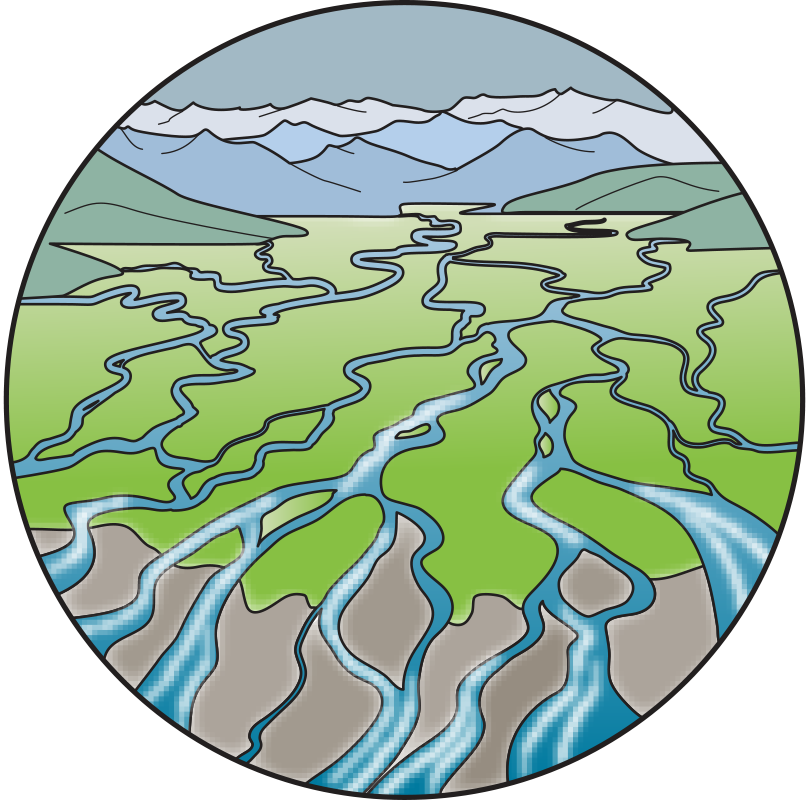
Reconnect Tidal Wetlands
Estuaries found on the Oregon coast generate a variety of tidal habitats that are important to coho rearing including, including saltmarsh, emergent marsh, open water, subtidal, intertidal, backwater areas, tidal swamps, mudflats, and tidal channels. Collectively, tidal wetland habitats provide important and diverse opportunities for juvenile Coho salmon to feed, grow, and smolt before entering the ocean. The federal Coho recovery plan describes the importance of reconnecting and restoring estuarine habitats, stating “in the estuary and low gradient freshwater reaches, increasing access to lowland habitats, such as side-channels, alcoves and floodplains improves high-flow refugia and productivity for out migrating smolts.”
In recent years, research undertaken in Oregon’s Salmon River estuary has indicated the essential role that estuarine habitats play in promoting life history diversity within coho populations and the importance of estuarine restoration. An article in the Journal of Fish Biology titled “The contribution of estuary-resident life histories to the return of adult Oncorhynchus kisutch” (Jones et al 2014) states “Estuary restoration has re-established a variety of habitats capable of rearing juveniles that were not supported by stream habitats in the upper basin.” Increasing life history diversity is essential to the recovery of Coast Coho because it increases the population’s resilience to changing watershed conditions resulting from climate change.
